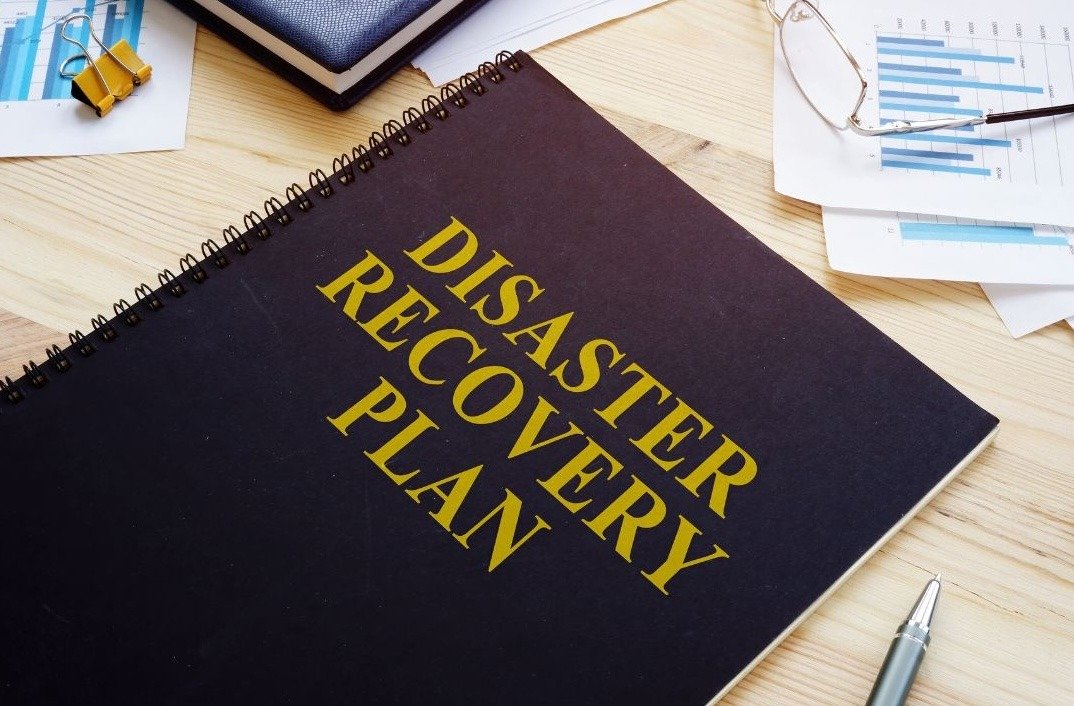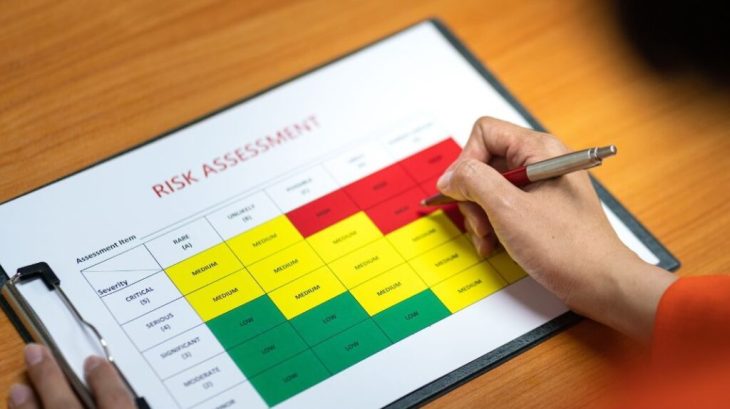In our ever-changing world, consumers expect a lot more from their customer...
Read more
 Published on 9th July 2024 by Gemma Harding
Published on 9th July 2024 by Gemma Harding
E-commerce stores face a variety of risks that can disrupt operations.
These risks range from cyber-attacks and data breaches to natural disasters and technical failures.
Without a strong disaster recovery plan, businesses can experience significant financial losses, reputational damage, and even permanent closure.
This article outlines a step-by-step approach to developing an effective disaster recovery plan and making sure e-commerce stores can continue operating smoothly during and after any unforeseen events.
By being prepared, businesses can safeguard their assets and maintain customer trust.

The first step in creating a disaster recovery plan is to conduct a thorough risk assessment.
This involves identifying potential threats and vulnerabilities specific to e-commerce stores, such as cyber-attacks, server outages, and supply chain disruptions.
Evaluating the impact of these threats on business operations is needed for prioritising risks based on their likelihood and potential damage.
Engaging various stakeholders, including IT professionals, management, and external experts give you a comprehensive assessment.
This collaborative approach helps in identifying all possible risks and understanding their implications for the services.
Once the risks have been assessed, the next step is to define the components of your e-commerce store.
This includes determining which business functions are essential for operations, such as order processing, payment systems, and customer support.
Identifying key assets like data, hardware, and software is also necessary. Understanding the dependencies between different components helps in creating a list of elements that require protection.
This step means that all aspects of the business are considered and safeguarded in the disaster recovery plan.
Establishing recovery objectives is a key part of the disaster recovery plan.
Recovery Time Objectives (RTO) define the maximum acceptable downtime for each component, while Recovery Point Objectives (RPO) determine the acceptable amount of data loss measured in time.
Setting clear and achievable recovery goals is essential for matching the recovery process with the overall business objectives.
By establishing these objectives, businesses can prioritise their recovery efforts and allocate resources effectively to minimise downtime and data loss.
Developing effective recovery strategies is essential for keeping the resilience of your e-commerce store.
Start by identifying potential strategies for each component identified earlier.
This might include cloud-based backups, redundant systems, and alternative supply chains.
Evaluate the pros and cons of different strategies, considering factors such as cost, time, and resource availability.
Once the best strategies have been selected, document detailed recovery procedures for each one.
This documentation should be clear and accessible, providing step-by-step instructions to be followed in the event of a disaster.
Implementing the disaster recovery plan involves several key steps. Begin by creating an implementation timeline with specific milestones to track progress.
Assign roles and responsibilities to team members to make sure that each aspect of the plan is covered.
It’s important to confirm that all necessary resources, including equipment and personnel, are available for the implementation process.
Conducting a pilot test can help validate the plan’s effectiveness before it is fully rolled out.
This test allows for the identification of any issues or gaps in the plan, providing an opportunity to make necessary adjustments.

A clear communication plan is needed during a disaster.
Establish protocols for how information will be shared internally and externally.
Identify key contacts, such as team leaders and IT support, and outline their responsibilities.
Develop templates for different communication scenarios to streamline the process.
Make sure all stakeholders, including employees, customers, and suppliers, are aware of the communication plan.
Keeping everyone informed reduces confusion and helps maintain trust and coordination during a crisis.
Contact CallCare for all of your communication needs.
Regular testing is required to maintain an effective disaster recovery plan.
Schedule frequent drills to test various aspects of the plan, from data recovery to communication protocols.
After each test, identify areas that need improvement and make the necessary updates.
Regularly updating the plan to reflect changes in the business environment gives it ongoing relevance.
Document and review the outcomes of these tests to allow for continuous improvement and readiness.
Employees play a much-needed role in disaster recovery.
Provide comprehensive training on their specific roles within the plan.
Conduct regular drills to keep the team prepared and confident in their abilities. As the disaster recovery plan evolves, update the training materials accordingly.
Gathering feedback from employees can help improve training programs and address any concerns they may have, allowing for a more robust and effective response during actual events.
Securing reliable backup solutions for your data and systems is essential. Identify and implement robust backup solutions that meet your business needs.
Regularly perform backups and store them securely, both on-site and off-site. Periodically test backup systems to verify data integrity and accessibility.
Document backup procedures and schedules to give you consistency, reliability and security.
This practice safeguards your business against data loss and facilitates quick recovery.
Set a schedule for periodic reviews of the disaster recovery plan. Regularly gathering feedback from relevant stakeholders helps identify areas for improvement.
Incorporate lessons learned from actual incidents and test outcomes to refine the plan.
Make sure the disaster recovery plan changes with technological advancements and changes in business operations.
Continuous improvement keeps the plan effective and matches the business’s needs.
Having a disaster recovery plan is needed for e-commerce stores to reduce risks and allow for business continuity, and an effective business will be about delivering quality.
Above, we’ve outlined key steps to develop and implement an effective plan, from conducting a risk assessment to regular testing and updates.
By following these steps, e-commerce businesses can protect their assets, maintain customer trust, and lead to long-term success.
Start developing your disaster recovery plan today to be prepared for any unforeseen events.